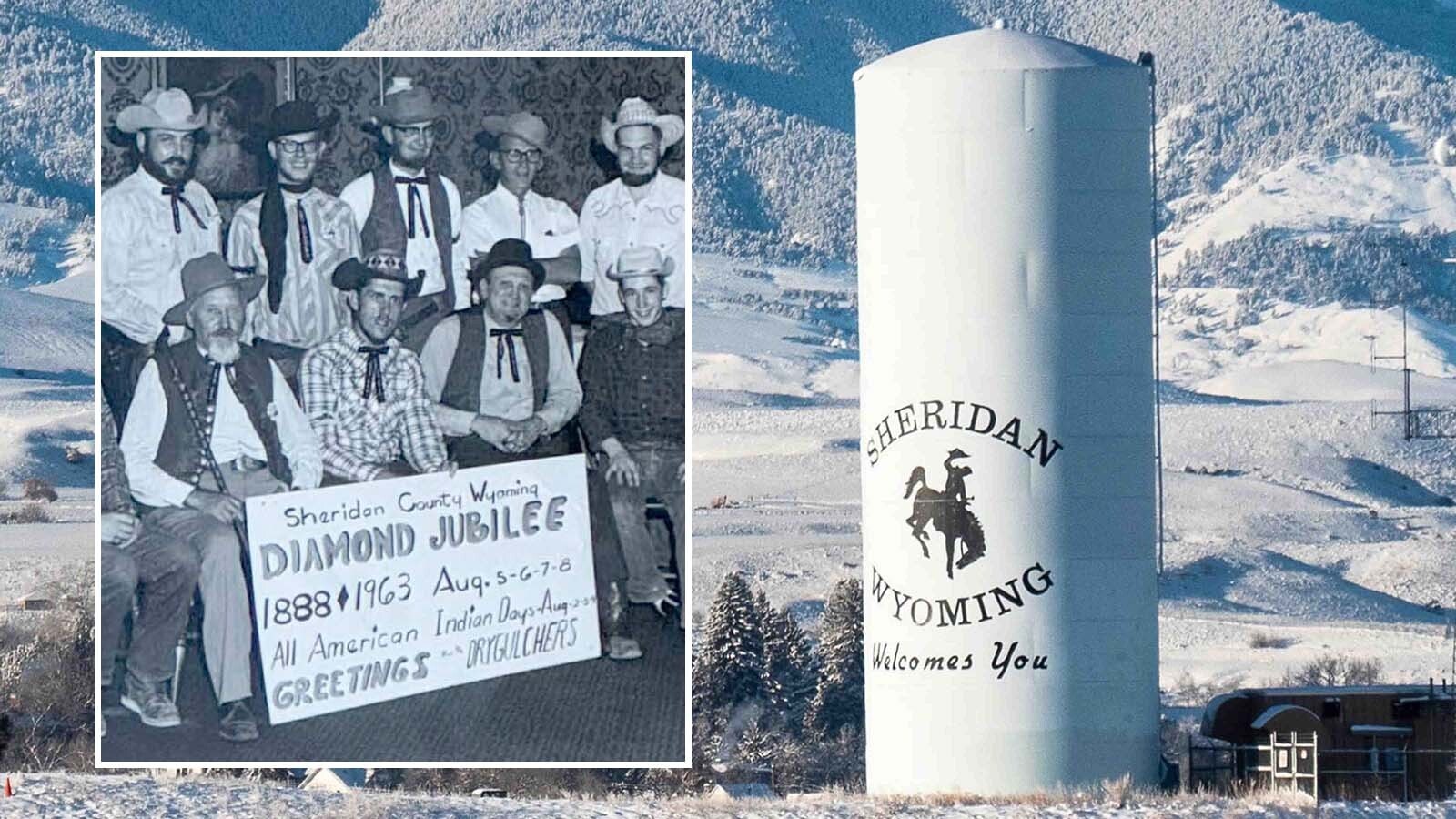An active earthflow is destroying a gravel road near Meeteetse, and there's a chance for further destruction until northwest Wyoming dries out later this summer.
The Wyoming State Geological Survey received several reports of a road west of Meeteetse with large cracks breaking it up. James Mauch, a WSGS geologist, told Cowboy State Daily that the damage is consistent with an earthflow they've been aware of for a long time.
"That area is pretty susceptible to these types of earthflows," he said. "There's actually a lot of them out there. We mapped that particular area of the state for our landslide inventory in 2004, and this one was already mapped on it."
Mauch said that the earthflow may further damage the road, so there's not much point in trying to repair or stabilize it now.
"The first step is to wait until things settle down, and then I'm sure that the road crews will be out in repairing that road," he said. "I can't speak to the techniques or methods that can be used for that, but they'll want to wait until that earthflow stops moving before making any repairs."
Going With The Flow
An earthflow is not a landslide, although it might look similar on a landscape. Mauch explained that earthflows occur when fine-grained material like clay is saturated with water and forced downward by gravity.
"They can occur on gentle to moderate slope angles and are most often associated and triggered by soil saturation in clay-rich bedrock units," he said. "That's exactly what we see west of Meeteetse. All the sedimentary rocks in that location have high clay content, and that's a key ingredient to getting these earthflows."
If there were an official earthflow "season," it'd be late spring to early summer when Wyoming's snowpack melts and the runoff saturates the ground. Mauch said most of the earthflows the WSGS sees are reported in late spring.
"They're fairly common at this time of year," he said.
The active earthflow in Meeteetse is a phenomenon different from the devastating landslide that destroyed Teton Pass earlier this month. The scenes and impacts might look similar, but Mauch said different forces caused them.
"It's a different mechanism of movement that occurred in different materials," he said. "When we're talking about the physics of mass wasting events, there are quite a few differences. The common factor in these landslide events is high soil moisture and saturated conditions from the snow melt."
Mass wasting is the general term that geologists use to describe any event when gravity forces rock down a slope. It covers everything from landslides to creeps to mudslides, even if the mechanism behind each differs.
"Landslides" tend to describe sudden, isolated events like the mass wasting event that destroyed Teton Pass. Earthflows can have sudden movements and changes, but they can also be long-lived and well-recognized zones of geological activity that can endure and be monitored for decades.
After three weeks of intense work, the Wyoming Department of Transportation opened Teton Pass on Friday.
Staying Safe
Mauch said the WSGS is monitoring the Meeteetse earthflow, but there's not much anyone can do about it until the region dries out. But there's a risk of encountering earthflows everywhere in Wyoming.
"This is when we see landslides, earthflows and other mass wasting events kick off," he said. "When traveling Wyoming's back roads, especially this time of year, it's important to be situationally aware that the landscape can be moving."
If someone encounters an earthflow while driving, the first thing to do is to avoid and move away from it. Mauch said it's important to prioritize and ensure your personal safety before trying to evacuate a vehicle safely if it's even possible.
"It's best to protect yourself and not to spend a lot of time around that area," he said. "Retreat to an area with stable ground that's away from any potential debris coming down."
The WSGS has a link on its website specifically for reporting earthflows and landslides when they occur. Every earthflow and landslide is included on the department's Geologic Hazards Interactive Map, which Mauch hopes Wyomingites will use to check a region for any known hazards before embarking on their next off-road adventure.
"It's a good resource for people to check out," he said. "It shows just how many landslides and landslide features there are out there. We encourage folks who see these types of things while traveling around the state to click that link and fill out that information so we can be aware of it."
Andrew Rossi can be reached at arossi@cowboystatedaily.com.







